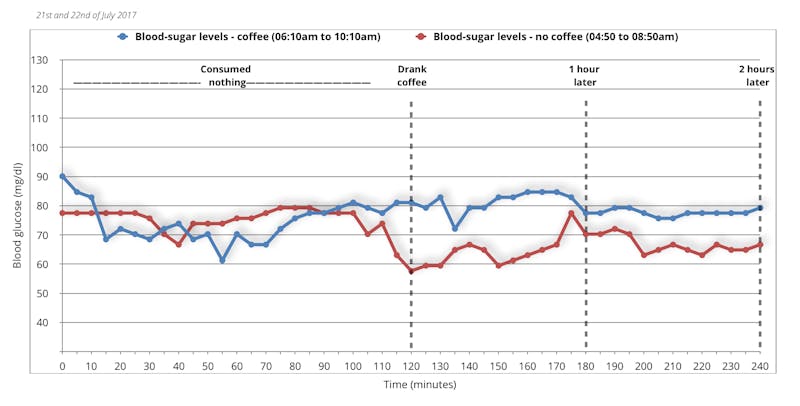
If we move the cut-off to the left, we can increase the sensitivity, but the specificity will be worse. If we move the cut-off to the right, the specificity will improve, but the sensitivity will be worse. Altering the criterion for a positive test (“abnormality”) will always influence both the sensitivity and specificity of the test.
This provides a standard way of assessing test accuracy, but perhaps another approach might be to consider the seriousness of the consequences of a false negative test. I could then plot the true positive rate as a function of the false positive rate (1-specificity), and the plot would look like the figure below.
Quick Products For Healthcare Considered
Another way that helps me keep this straight is to always orient my contingency table with the gold standard at the top and the true disease status listed in the columns. The illustrations used earlier for sensitivity and specificity emphasized a focus on the numbers in the left column for sensitivity and what causes extreme fatigue the right column for specificity. If this orientation is used consistently, the focus for predictive value is on what is going on within each row in the 2 x 2 table, as you will see below.

- For many clinical tests, there are some people who are clearly normal, some clearly abnormal, and some that fall into the gray area between the two.
- Choices must be made in establishing the test criteria for positive and negative results.
- It is desirable to have a test that is both highly sensitive and highly specific.
- The goal of screening is to reduce morbidity or mortality from the disease by detecting diseases in their earliest stages, when treatment is usually more successful.
- Pap smear, mammogram, clinical breast exam, blood pressure determination, cholesterol level, eye examination/vision test, and urinalysis.
- Detecting a condition or disease early can help to prevent a chronic disorder from developing.
Uncomplicated Healthcare Secrets – What’s Required
The column with diseased subjects is emphasized, since sensitivity focuses on the probability that the test will correctly identify diseased subjects. The reliability of all tests can potential be affected by one or more of these factors. Many people with gallstones remain asymptomatic and do not require surgery. If they become symptomatic, the gallbladder can be removed, and the delayed treatment generally causes no problem.
Simple Products In Healthy Habits – A Background
However, where the distributions overlap, there is a “gray zone” in which there is much less certainly about the results. Specificity focuses on the probability that the screening test will correctly identify non-diseased subjects.
